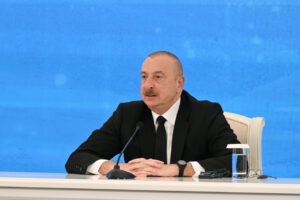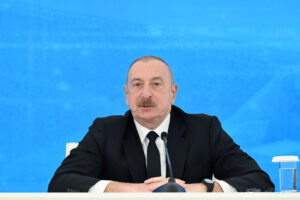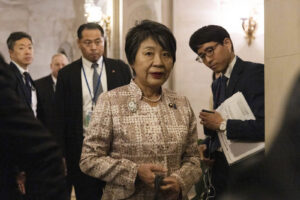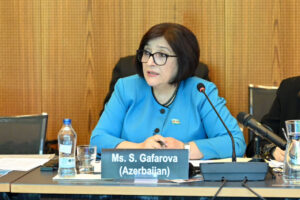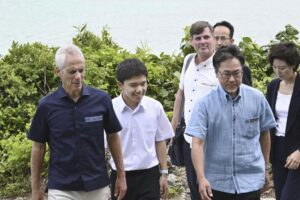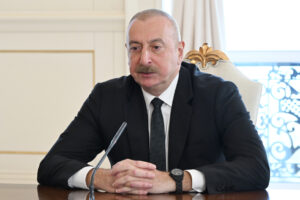Tokyo, 10 March, /AJMEDIA/
TOKYO – The Bank of Japan on Friday left its ultralow rate policy unchanged, maintaining its yield curve control program blamed for distorting the bond market, in the last meeting chaired by Governor Haruhiko Kuroda.
At the end of its two-day policy-setting meeting, the BOJ decided to keep short-term interest rates at minus 0.1 percent and guide 10-year Japanese government bond yields to around zero percent, as widely expected. The U.S. dollar briefly surged by around 1 yen toward 137 yen shortly after the outcome was released.
The decision to maintain policy by the nine-member board is based on the view that Japan’s inflation, currently well above the BOJ’s target of 2 percent, will start falling later this year. It leaves the future unwinding of Kuroda-era monetary easing up to Kazuo Ueda, an academic who will assume the post of governor on April 9 following his approval by parliament on Friday.
The central bank will continue buying unlimited amounts of 10-year Japanese government bonds to defend its 0.5 percent cap on the benchmark yield, a post-meeting statement said.
Raising the ceiling further was seen as a potential next move by the BOJ after its abrupt decision in December to lift it from 0.25 percent, but the move did not improve market functioning and instead fueled expectations that the central bank would shift from ultraloose monetary policy despite its strong commitment to staying the course.
Kuroda is nearing the end of his 10-year term without achieving stable 2 percent inflation, the goal used by the central bank to justify policy decisions that at times have surprised financial markets.
The BOJ’s unwavering stance on monetary easing has made it an outlier among major central banks, which have been stepping up their fight to curb inflation with aggressive interest rate hikes.
Despite the BOJ’s renewed pledge to keep borrowing costs extremely low for a while, Japanese bond yields are expected to face upward pressure and a weaker yen may persist, after U.S. Federal Reserve Chairman Jerome Powell pointed this week to higher and potentially faster rate hikes amid stubbornly high inflation, analysts said.
“The BOJ has been forced to buy government bonds aggressively to maintain YCC, which will be its biggest concern for the time being,” said Takahide Kiuchi, executive economist at the Nomura Research Institute, referring to the yield curve control program.
Kiuchi, a former BOJ board member, expects the central bank under the next governor, to raise the 10-year yield cap further or remove it in April or June in the name of making the existing monetary easing framework more “flexible.”
For now, Ueda, the incoming governor, is on the same page as Kuroda regarding the need to maintain monetary easing. But he has acknowledged the heavy responsibility of leading the central bank when there is no room for “wrong judgements,” leaving the door open for a future overhaul of the yield curve control program.
The BOJ said in its statement it expects both short-term and long-term interest rates to remain “at present or lower levels,” pledging to take additional easing steps should the need arise.
Kuroda took the post in 2013 when the central bank was criticized by politicians for dragging its feet on monetary easing.
Ahead of the policy decision on Friday, Finance Minister Shunichi Suzuki gave Kuroda credit for his guidance of monetary policy over the past decade that has produced “big results” and enabled Japan to emerge from “a state of deflation.”
Still, ultraloose monetary conditions have failed to jolt the economy out of low growth and raise productivity, while its side-effects, especially the distorted bond market and looser fiscal discipline, have become more evident.
The policy meeting was also the last for deputy chief Masayoshi Amamiya, a key figure in the design of the policy framework in recent years, including the yield curve control program, who was once seen as strong candidate to succeed Kuroda. The other deputy governor, Masazumi Wakatabe, is also leaving the BOJ with Amamiya on March 19.



